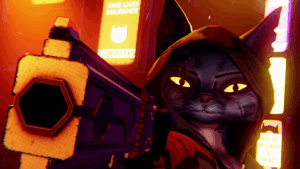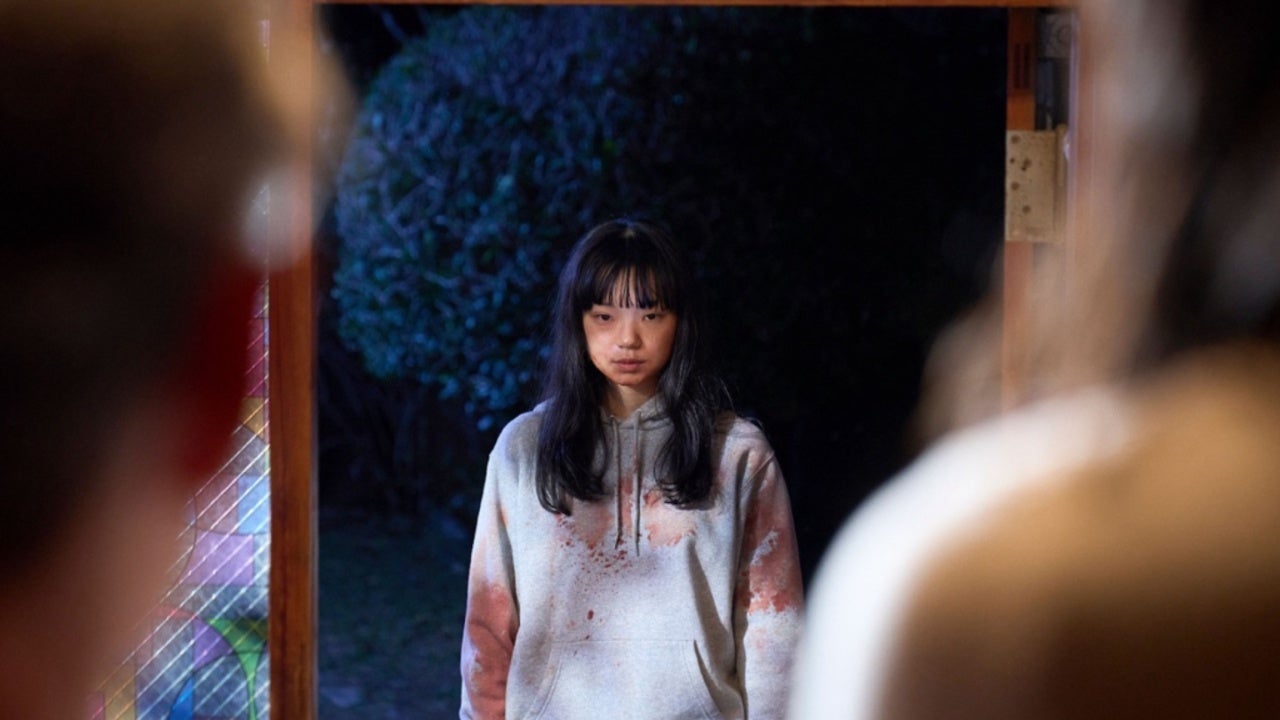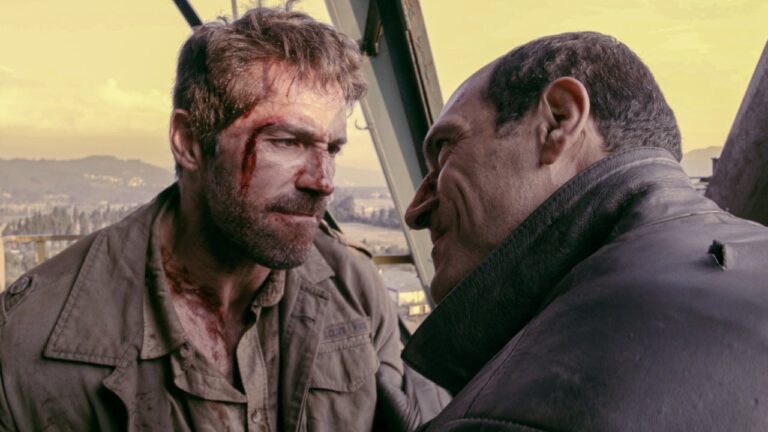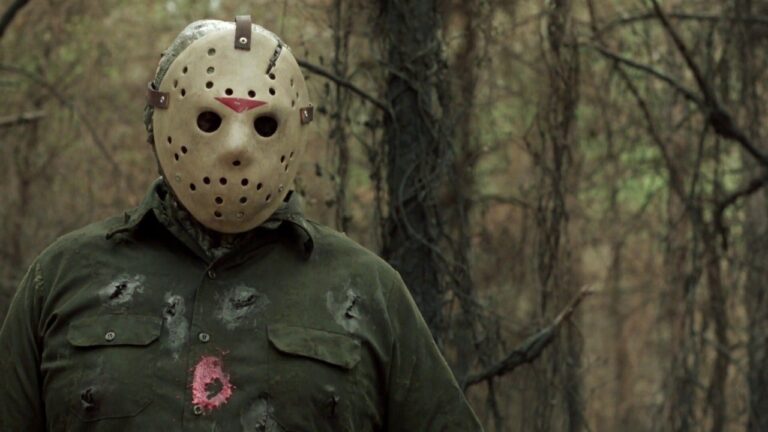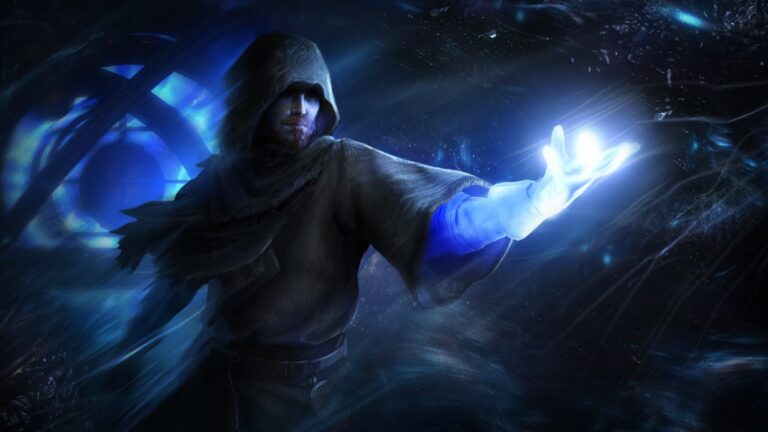Introduction: A Chilling New Horror Streaming on Shudder
“Best Wishes to All” is now available for streaming on Shudder, offering viewers a disturbing journey into surreal and haunting imagery.
Visions of Horror: Surreal and Unsettling Imagery
The film opens with shockingly bizarre visuals: a child with crumpled paper stuffed into his bleeding eye sockets, reminiscent of plugging a bloody nose; a human pyramid serving as a makeshift table for a pregnant woman; and a man lying on the ground, sewn shut in his eyes and mouth, unable to see or speak. Director Yûta Shimotsu’s debut feature masterfully crafts these disturbing images, blending them into a sinister satire that questions the human tendency to ignore uncomfortable truths in pursuit of contentment. However, these intense visuals might be more impactful in a trailer than within the full film, which sometimes struggles to contextualize its shocking scenes.
The Allegorical World of “Best Wishes to All”
The movie operates largely as a fable or allegory, populated by characters who serve more as symbols than fully fleshed-out individuals. The story follows a young woman (Kotone Furukawa), a nursing student from Tokyo, who returns to her rural hometown in Japan—an area where her grandparents still live. As she learns that her parents’ arrival has been postponed, she begins to feel a growing sense of unease about being left alone with her grandparents. The film’s opening scene, featuring slow zooms and ominous music, hints at something deeply unsettling beneath the surface.
Strangeness Growing in the Family Dynamics
The interactions with her grandparents initially seem awkward but mundane, with scenes of shared meals and casual conversations. Yet, as her stay continues, their behavior becomes increasingly bizarre. Her grandfather stands vacantly in the hallway, with a vacant stare as if tuned to some occult frequency. The grandparents exhibit disturbing behaviors—asking her to rub their eyes and breaking into pig-like oinks, commenting on how pigs are destined for slaughter. These grotesque images evoke fears of dementia but hint at a darker, more sinister reality lurking beneath the surface.
Social Commentary and Cultural Reflection
While some scenes lean toward clichés, Shimotsu’s film draws on relevant social themes, particularly Japan’s aging population. Lines hint at societal sacrifice and neglect, such as references to young people being sacrificed for the elderly. “Best Wishes to All” doesn’t shy away from being overt; its heavy-handed approach emphasizes the broader decay within society. As the story unfolds, it shifts from eerie familial scenes to expose a rotten societal core, avoiding traditional horror tropes in favor of an atmosphere filled with discomfort and wrongness. The film’s tone oscillates between dark comedy and horror, emphasizing a world out of sync where evil is embraced with a smile.
The Rising Horror: Uncovering a Dark Reality
Metaphor and Mystery
The film’s core revolves around the granddaughter awakening to the horrifying truths of her reality. As her innocence erodes, she is confronted with a foundation of pain and supernatural evil. The story centers on disturbing supernatural practices, deliberately avoiding clear explanations or mythology, which heightens the sense of mystery and dread. Her disorientation reflects a loss of understanding, as loved ones insist that this darkness has always been part of their world. The film combines elements reminiscent of classic horror and dystopian allegory, likening her obliviousness to believing in Santa Claus in a ghastly society.
Dark Atmosphere and Emotional Intensity
“Best Wishes to All” delivers an oppressive, emotionally exhausting experience, with little room for relief from its bleak outlook. A friend character muses that “the world couldn’t go on if everyone chased their dreams,” hinting at societal collapse. Some scenes, especially those involving the grandparents, indulge in bizarre and unsettling imagery, seemingly for shock value rather than narrative purpose. While visually striking in isolation, these moments sometimes feel disconnected from the film’s overall message, akin to cheap jump scares that generate dread without substance.
Limitations and Overall Impact
One could argue that Shimotsu is stretching a story that resembles a Twilight Zone episode into a feature length, which exposes its weaknesses. Originally conceived as a short film, “Best Wishes to All” struggles to expand beyond its allegorical core. The characters are more symbols than individuals, and the societal critique takes precedence over character development or world-building. Once the allegory becomes clear, the story lacks further depth, leaving viewers with a sense of unfulfilled potential and a lingering discomfort rooted in its abstract, symbolic nature.

